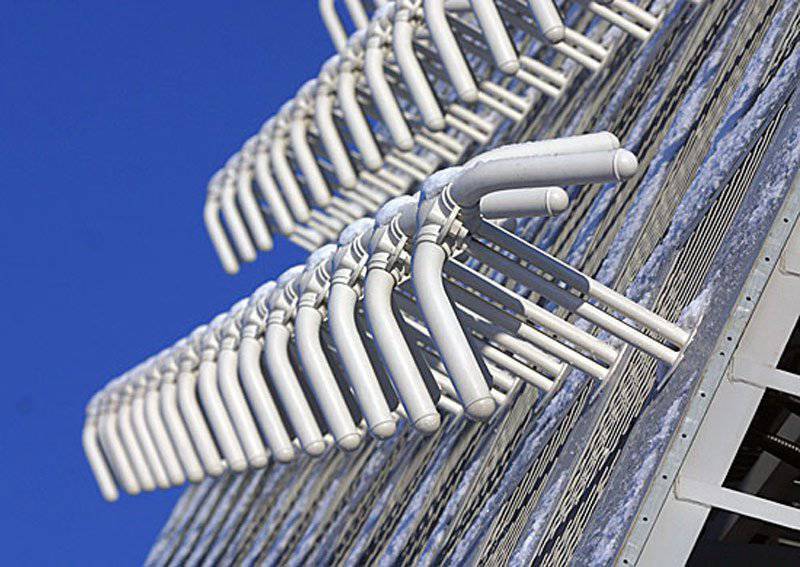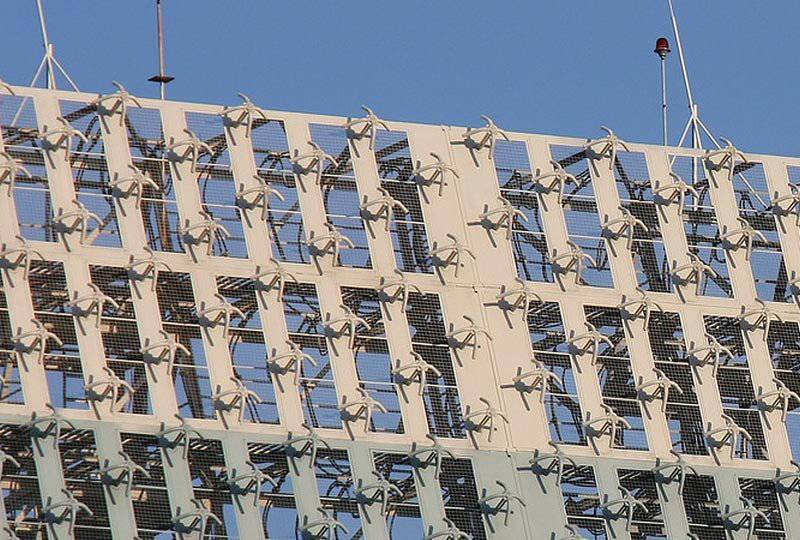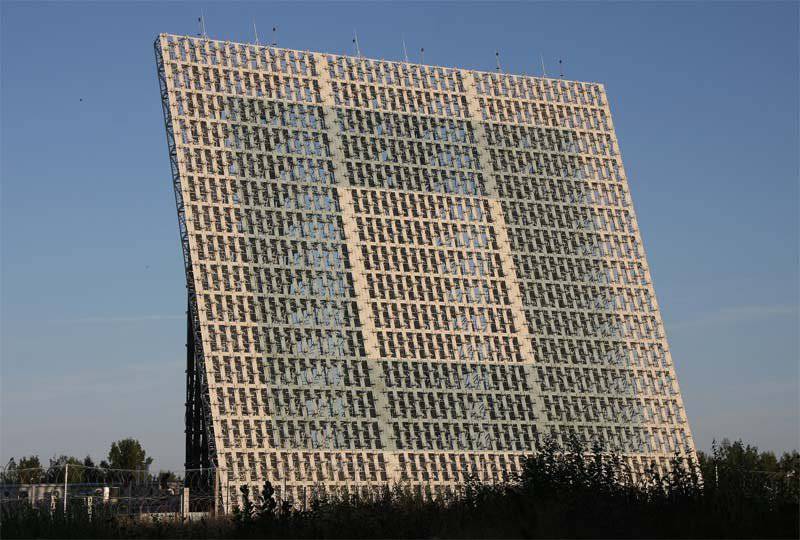Positive and negative in the life of the Russian ESPN



Voronezh-VP in the Irkutsk region is the fourth station of the Voronezh family. Recall that in the Leningrad region the Voronezh-M station has been operating for six years already, and in Armavir and the Kaliningrad region they are preparing for the commissioning of the Voronezh-DM project. In addition, the plans of the Russian military leadership include the construction of two more stations, similar to the one under Usol-Sibirskiy. According to reports, the first of them will be built in the Komi Republic and will replace the outdated Daryal radar, and the second will work near Murmansk, where it will replace the Dniester-type station.
As can be seen from the intentions of the Ministry of Defense to plan the construction of new stations, they will be called upon to assume all the duties of the radar missile attack warning, built during the time of the Soviet Union. At this point, the year 2020 is considered as the replacement term. It should be said about the reasons for choosing the Voronezh project as a replacement for the old stations. These radars were originally created on a modular system. Due to this, it is possible in the shortest possible time to change the composition of the equipment and, as a consequence, to adjust the characteristics of the station depending on the conditions. Also, all electronic systems are divided into 23 main unit. In this aspect, Voronezh can be considered breakthrough radar stations - the number of units in the Dnepr radar was 180, and for Daryal this parameter exceeds four thousand. It is not difficult to imagine how many times it will take to retool the Voronezh with new equipment. A similar concept is made for the station antenna. If necessary, the Voronezh radar can even be moved to a new location. Previous stations did not have such an opportunity and were built only in a fully stationary version.
The modular electronics system of the Voronezh project allowed designers from the Radiotechnical Institute to them. Academician Mints and NPK NIIDAR to create on a single basis three main radar options:
- "Voronezh-M". The very first version working in the meter range. The only station in the Leningrad region was built;
- Voronezh-DM. Radar warning system operating in the decimeter range. This innovation allowed to significantly increase the detection accuracy without deterioration of other parameters. This variant of Voronezh includes stations in Armavir (Krasnodar region) and Pionersky (Kaliningrad region);
- Voronezh-VP. An updated version of the "DM". The letters in the name mean "high potential." The exact characteristics of this update are not disclosed, but according to the available data it can be concluded that there is some increase in the range of action, accuracy of detection and reduction of energy consumption. The head station of the project in the Irkutsk region will soon be commissioned and new radar warnings will be similar to it.
Building a new radar for missile defense is beneficial for the country for two reasons. Firstly, the new stations have much greater potential (especially considering the architecture of Voronezh). Secondly, all of them are located on the territory of Russia and, for obvious reasons, are more profitable than the Gabala or Balkhash station. It is known that the station under Usol-Sibirskiy will have an antenna field consisting of six sectors instead of the standard three. This will allow one radar to simultaneously cover two sectors. Two-sector in the future will be Armavir radar. The diagram shows that with a certain mutual arrangement of the antenna near Irkutsk and Armavir, it is quite possible to close a large part of the area viewed by the Gabala and Balkhash stations. In the future, this will allow them to be decommissioned and not to spend money on leasing and logistics issues. True, it should be noted, some of the “petals” of the review of foreign radars will remain unclosed. Probably, the military have reasonable grounds to lead matters towards the transfer of all radar radar stations to the territory of their country. Perhaps in RTI them. Mintz already know how to increase the range of the Voronezh.
However, from the layout of the stations and their sectors of the review it follows that the radar warning of a missile attack can monitor far from all areas from which to launch. From the very beginning of the creation of the domestic missile defense, in addition to ground-based radar stations, it was planned to put into operation a grouping of spacecraft of a similar purpose. Currently, of the entire constellation of the Oko-1 satellites, only a quarter of the total is in working condition. For years now, representatives of the Ministry of Defense have occasionally raised the topic of creating a new Unified Space System (CEN), but until a certain point all this remained talk. In the middle of April of this year, it became known that the CEN will still be created. Contracts were signed for the development and construction of a new series of satellites. According to unverified information, the first spacecraft designed to detect rocket launches will go into orbit in 2015-16. The full group of eight satellites will be collected no earlier than 19 of the year.
Summing up, we can say the following. Against the background of the events of the end of the last century, the situation with the construction of new stations gives some optimism. However, the full restoration of lost potential, not to mention its improvement, will require time, effort and money. Especially a lot of these resources will be required to restore the SPRN space group, without which the work of the radar station loses a considerable part of its effectiveness and utility. Nevertheless, our country simply does not have a choice, and it is necessary right now to create radars and TSNs.
On the materials of the sites:
http://vz.ru/
http://lenta.ru/
http://www.rti-mints.ru/
http://www.arms-expo.ru/
Information